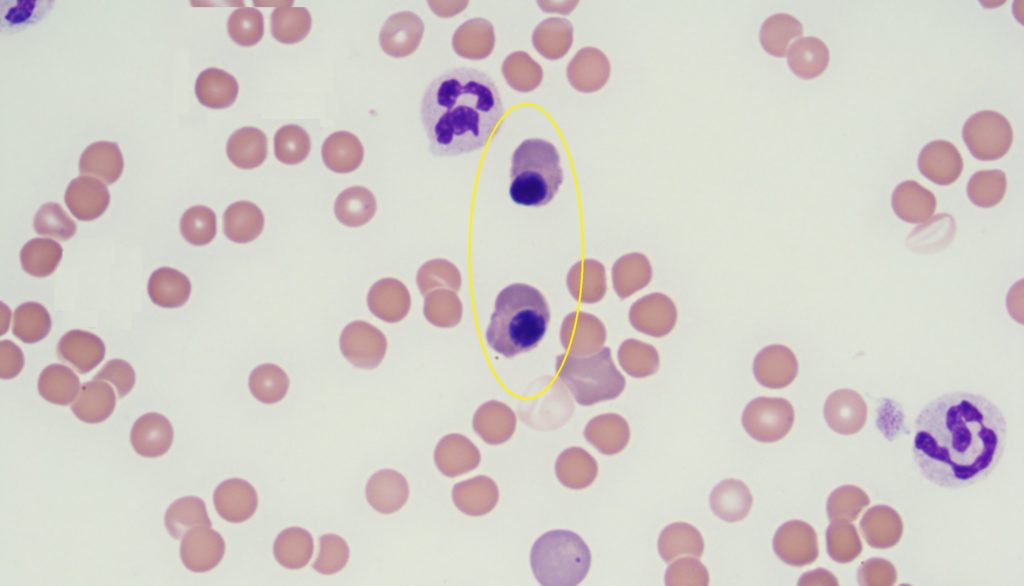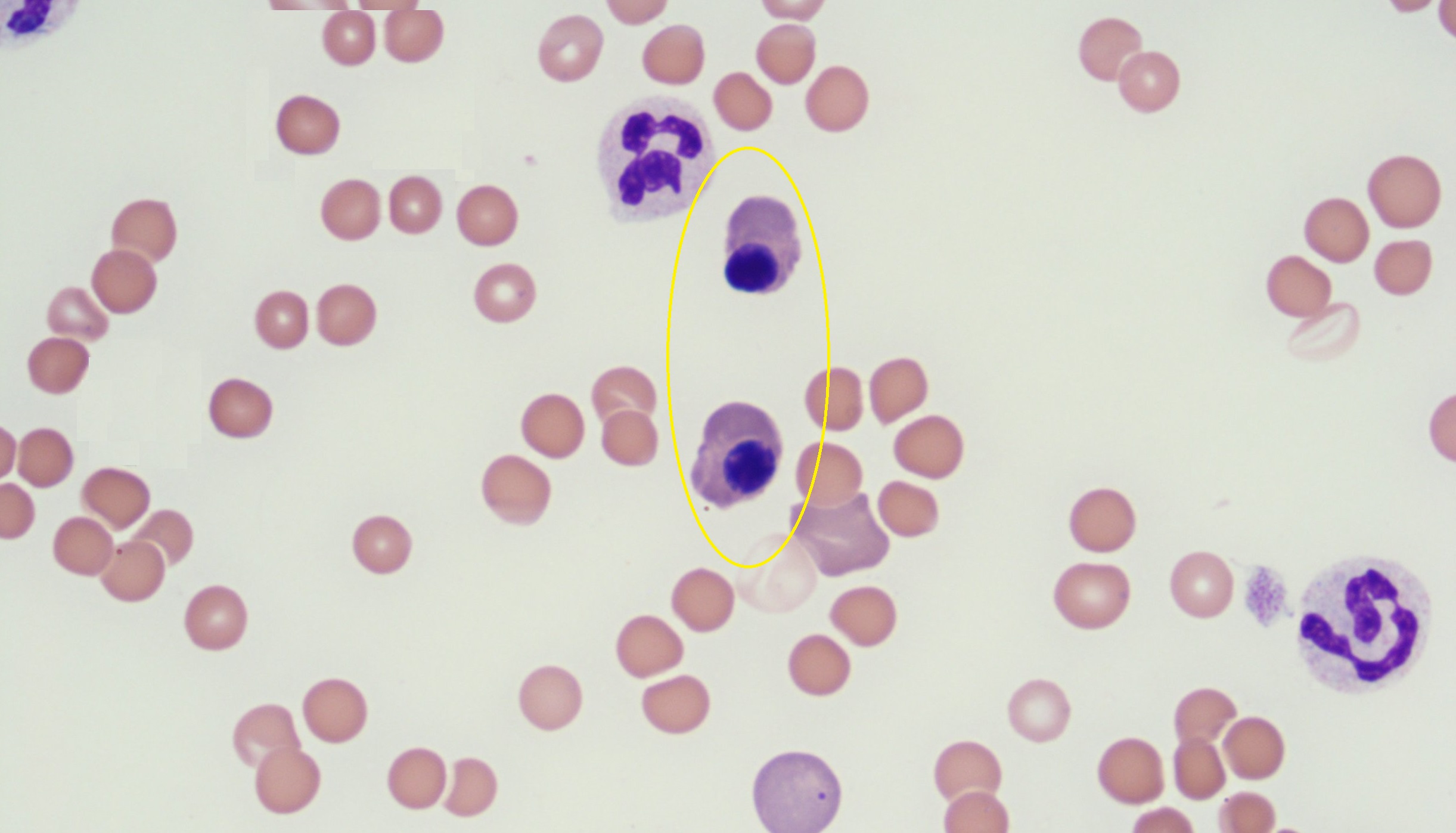HANIA KLOBUKOWSKA
Clinical history:
A 6-year-old male Shih-Tzu cross dog presented with a 6-month history of intermittent vomiting and regurgitation. The dog had also lost weight over this time period. Clinical examination was relatively unremarkable and the dog appeared bright, alert and willing to eat.

Laboratory results:
An in-house biochemistry panel did not reveal significant abnormalities. A CBC was submitted to Gribbles Veterinary and revealed increased numbers of metarubricytes in circulation (nucleated red blood cells, nRBCs) without an apparent anaemia.
Diagnosis:
Upon further investigation it was found that the owners of the dog were doing home renovations and part of these renovations included stripping old paint in preparation for painting. Given this information and the CBC results, blood lead levels were tested on this dog and they were found to be elevated. A diagnosis of lead poisoning was made and although confirmation of leaded paint was not performed, the house was pre-1970s so the presence of lead-based paint was highly likely. Scraped paint probably contaminated the surrounding house environment, water and soil.
Chronic lead toxicity in small animals can present vaguely however in dogs it usually manifests as gastrointestinal or neurological symptoms or both. Symptoms in cats are even less specific and may include anorexia, lethargy and depression. Lead toxicity is quite uncommon in companion animals however it may actually be under-diagnosed. In contrast, lead toxicity is high up on the radar when calves present with acute neurological symptoms (see Paws & Claws February Case of the Month article) and it is also seen in avian wildlife. Sources of lead are many and may include leaded paint, shot-gun pellets, fish sinkers, discarded batteries, leaded oils and petrol, and some alternative medicines.
MANY THANKS TO ALEX HICKS FROM VETS4PETS FOR SUBMITTING THIS CASE

